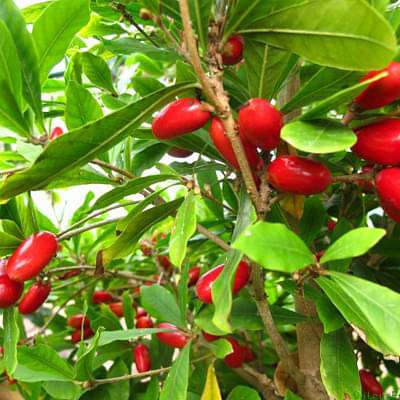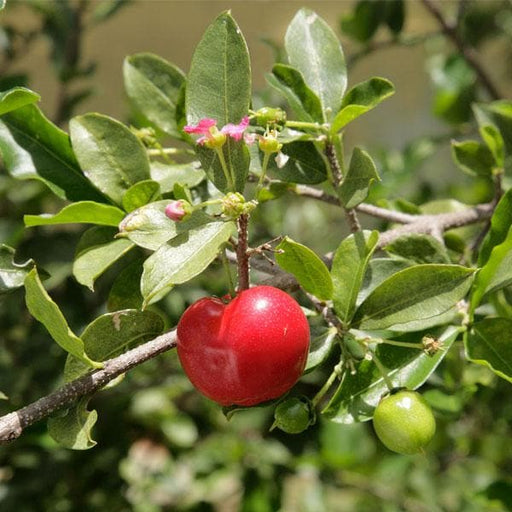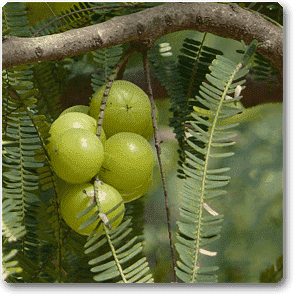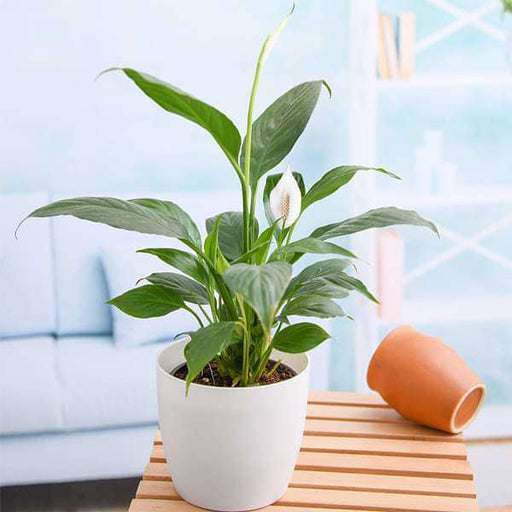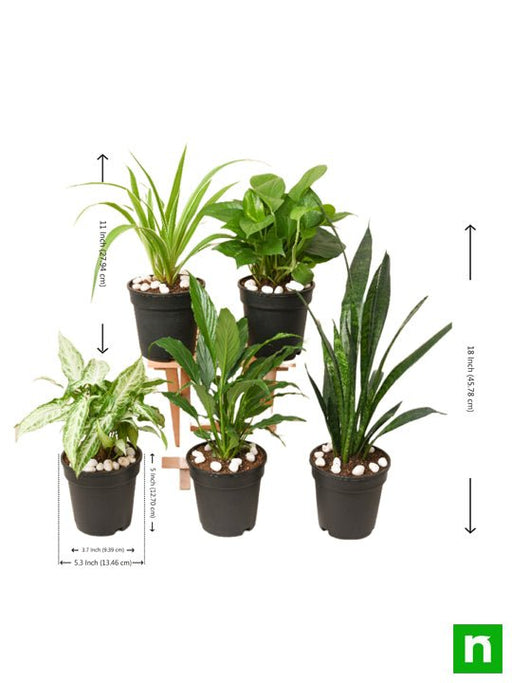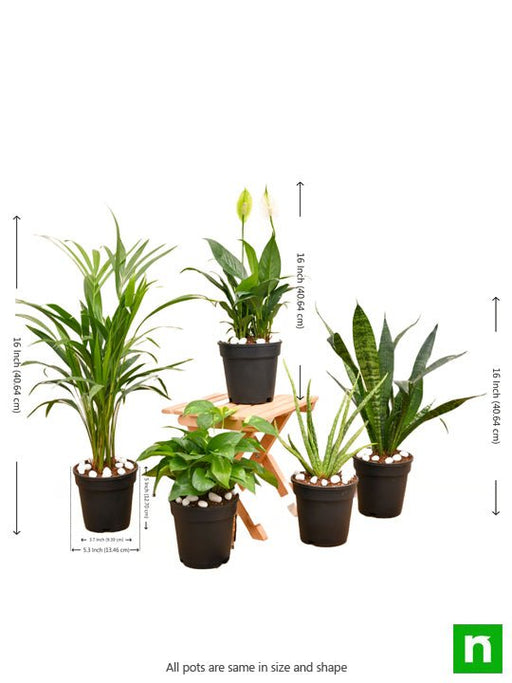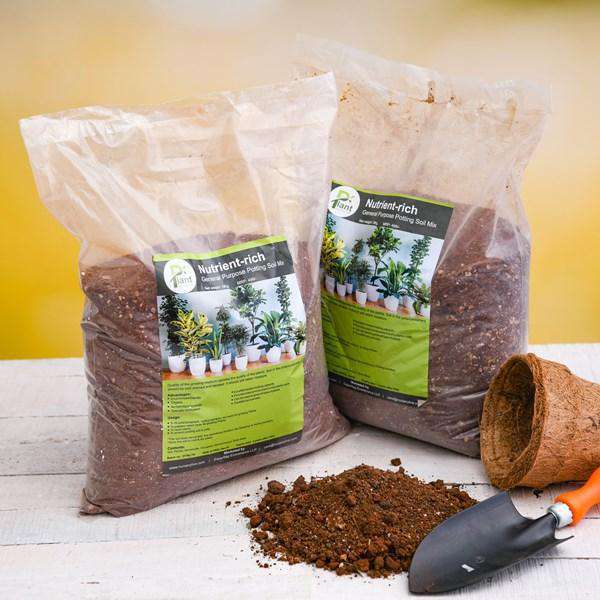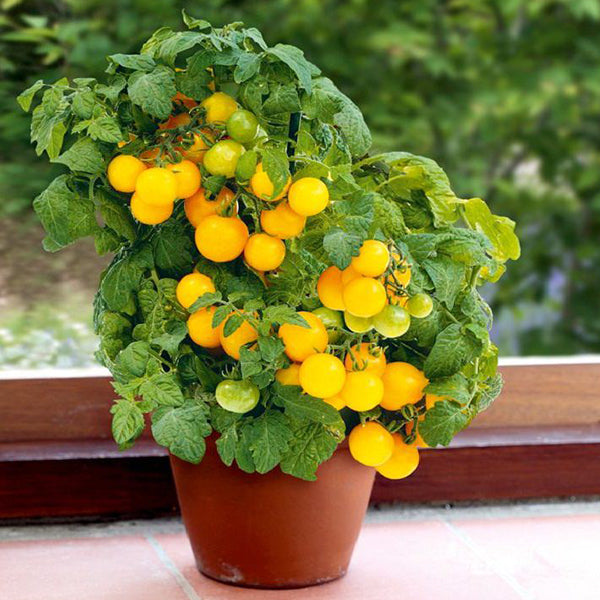Description
Miracle fruit, miracle berry, miraculous berry, sweet berry
Synsepalum dulcificum is a plant known for its berry that, when eaten, causes sour foods subsequently consumed to taste sweet. This effect is due to miraculin.
Plant Specifications
*above specification are indicative only. actual dimensions may vary by +-10%
| Common Name |
Miracle fruit, miracle berry, miraculous berry, sweet berry |
| Maximum Reachable Height |
0.75 to 1.50 feet |
| Flower Colour |
Pink |
| Bloom Time |
June to July |
| Difficulty Level |
Easy to grow |
Planting and care
Feed plants on a regular basis before and throughout the blooming cycle (avoid chemical fertilizers and pesticides if you, re harvesting for the kitchen).Once a month between April and July, apply a balanced granular fertilizer (5-10-5 or 5-10-10). Allow,to 1 cup for each bush, and sprinkle it around the drip line, not against the stem.
Synsepalum dulcificum care
Both can survive in temperate climates if they are planted in a sheltered area. Arabian is a small bush with evergreen leaves. There are many other varieties of plant, of which are best suited for sub-tropical climates. Learning how to grow will add a striking visual and olfactory touch to the garden.
| Sunlight |
Full sun to part shade |
| Watering |
Medium |
| Soil |
Loamy soil, Sandy soil |
| Temperature |
25 to 40 degrees C |
| Fertilizer |
Apply any organic fertilizer |
Synsepalum dulcificum special feature
Mass as a ground cover or plant in groups. Rock gardens, borders and open woodland gardens. Effective as an edger along paths or walkways.
Synsepalum dulcificum uses
Ornamental Use:
- The plant is used for ornamental purpose
Medicinal Use:
- Miracle fruit is an evergreen shrub that grows in West Africa
- The berry of the miracle fruit plant is used as medicine
- In foods, miracle fruit is used as a low-calorie sugar-free sweetener
